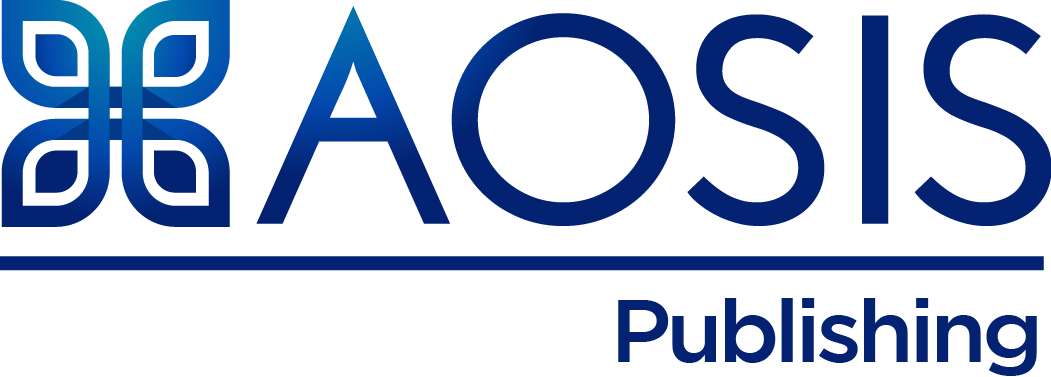Passive mobilisation of the shoulder in subacute stroke patients with persistent arm paresis: A randomised multiple treatment trial
South African Journal of Physiotherapy
| Field | Value | |
| Title | Passive mobilisation of the shoulder in subacute stroke patients with persistent arm paresis: A randomised multiple treatment trial | |
| Creator | van Bladel, Anke Cools, Ann Michielsen, Marc Oostra, Kristine Cambier, Dirk | |
| Description | Background: Performing a careful but effective mobilisation of the hemiplegic shoulder is essential for optimal muscle activation and to preserve the passive range of motion (PROM) needed to perform functional tasks. Studies concerning passive mobilisation of the post-stroke shoulder are scarce.Objectives: A randomised multiple treatment trial was conducted to compare the effects of different mobilisation techniques on shoulder PROM.Method: Eleven participants with upper limb paresis in the subacute phase after stroke underwent three different mobilisation techniques (3 × 4 weeks):(1) combined soft-tissue mobilisation in the scapular plane, (2) scapular mobilisation without glenohumeral movement, (3) angular glenohumeral mobilisation in the frontal plane. Depending on the randomisation, the order of the techniques changed. Differences in outcome measures (PROM shoulder, shoulder pain, spasticity of shoulder muscles and biceps, trunk impairment scale and Fugl-Meyer assessment) were calculated between the beginning and end of each intervention period.Results: Using combined soft-tissue mobilisation in patients in the subacute phase after stroke with persistent arm paresis resulted in an increased passive shoulder external rotation (p = 0.006). An average increase of 6.82° (± 9.20°) for shoulder external rotation was noted, whilst after the two other techniques, passive external rotation decreased (scapular mobilisation −7.27° ± 10.81°; angular mobilisation −5.45° ± 11.72°).Conclusion: These preliminary findings, suggest that combined soft-tissue mobilisation technique might improve the PROM for external shoulder rotation in subacute stroke patients with persistent arm paresis.Clinical implications: Performing a specific mobilisation technique might have positive effects on shoulder PROM. Research including larger sample sizes is necessary to confirm these findings and define the underlying mechanisms. | |
| Publisher | AOSIS | |
| Date | 2022-02-21 | |
| Identifier | 10.4102/sajp.v78i1.1589 | |
| Source | South African Journal of Physiotherapy; Vol 78, No 1 (2022); 7 pages 2410-8219 0379-6175 | |
| Language | eng | |
| Relation |
The following web links (URLs) may trigger a file download or direct you to an alternative webpage to gain access to a publication file format of the published article:
https://sajp.co.za/index.php/sajp/article/view/1589/2852
https://sajp.co.za/index.php/sajp/article/view/1589/2853
https://sajp.co.za/index.php/sajp/article/view/1589/2854
https://sajp.co.za/index.php/sajp/article/view/1589/2855
|
|
ADVERTISEMENT



